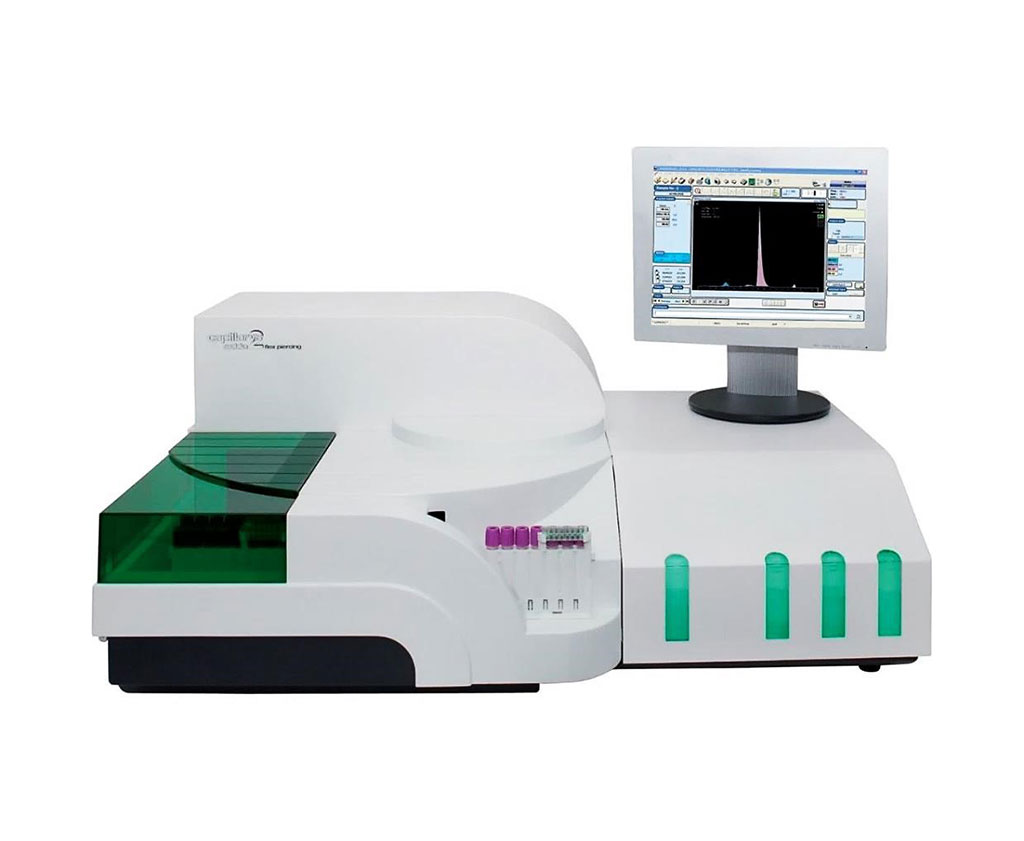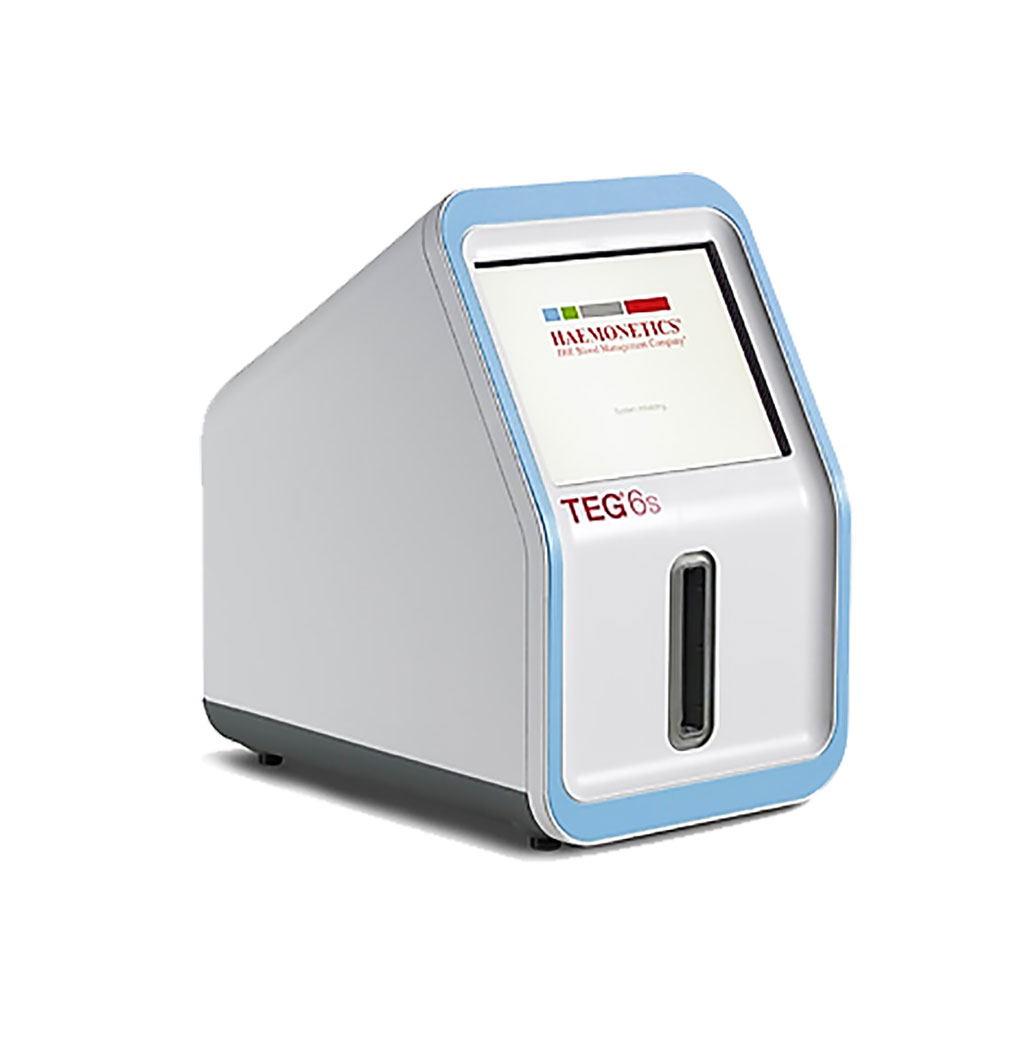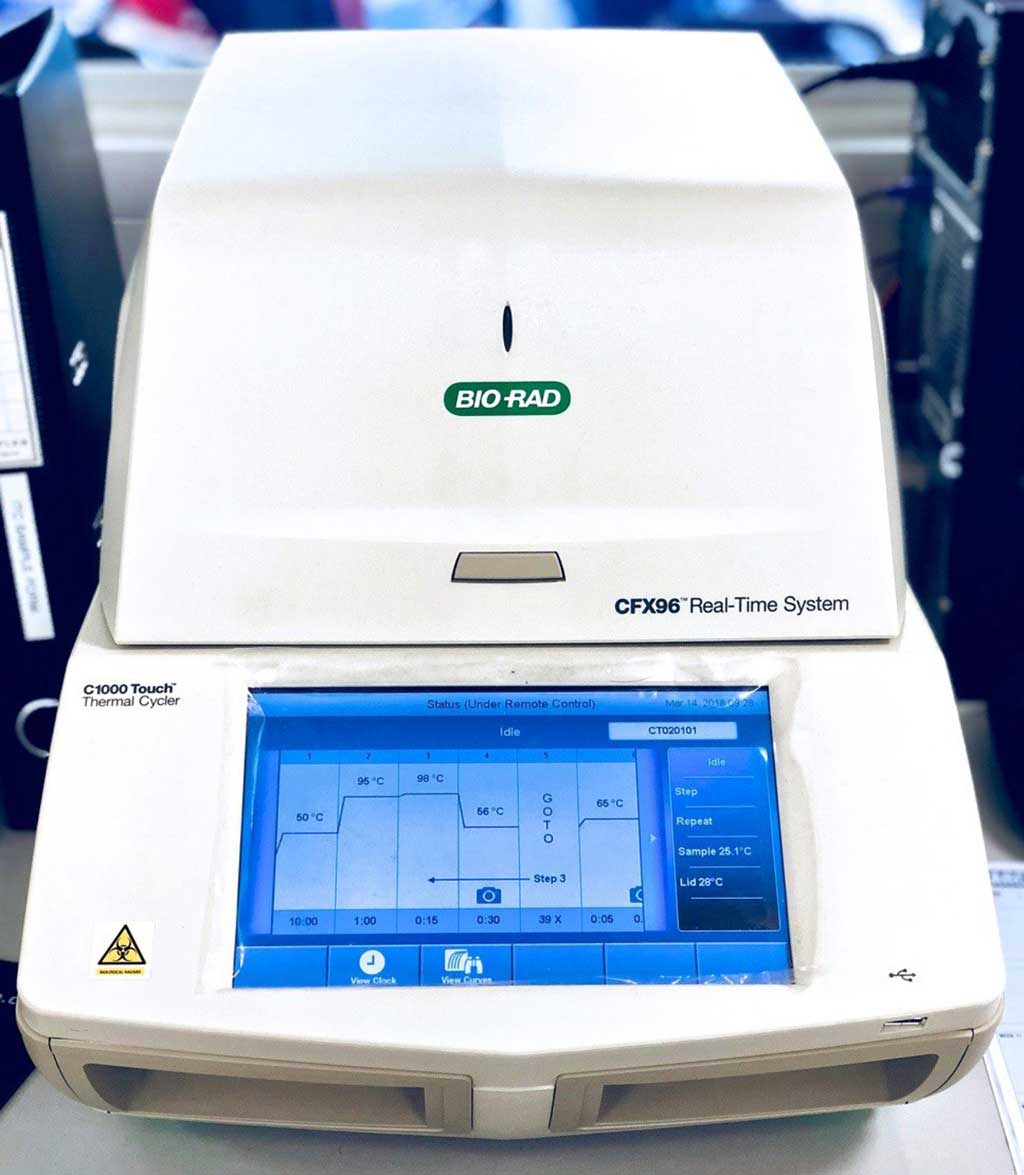Hematology
Diagnostic Assay Developed for Unclassified Severe Combined Immune Deficiency
Severe combined immune deficiency (SCID) is a group of rare hereditary genetic disorders, and is characterized by a total absence of immune system function, including an absence of T-lymphocytes, the white blood cells that play a crucial role in the body's immune defense. More...30 Jun 2020

Detection Rate of Monoclonal Gammopathy of Undetermined Significance Determined
Multiple myeloma (MM) is a clonal plasma cell malignancy that accounts for approximately 2% of all malignancies. Plasma cells help you fight infections by making antibodies that recognize and attack pathogens. Multiple myeloma causes cancer cells to accumulate in the bone marrow, where they displace healthy blood cells. More...30 Jun 2020

Serum Mir‐22 Prognostic Marker Explored for Acute Myeloid Leukemia
Acute myeloid leukemia (AML) is an aggressive hematopoietic stem cell malignancy that is characterized by the clonal proliferation of myeloid precursors. Abnormal accumulation of leukemic blasts in the bone marrow, blood, and other tissues results in significant reductions of normal blood cells. More...25 Jun 2020


Cord Blood Transplants May Outperform Matched Sibling Donors
When a cancer patient needs a bone marrow transplant, there are four common donor sources: A matched related donor (sibling), a matched unrelated donor (from a donor database), a half-matched donor, or umbilical cord blood. More...16 Jun 2020

Thromboelastography Identifies Undetected Blood Clots in COVID-19 Patients
The coronavirus disease 2019 (COVID-19) pandemic has caused more than 400,000 deaths globally. Disseminated intravascular coagulopathy and other COVID-19–associated coagulopathies occur among patients with severe SARS-CoV-2 infections. More...15 Jun 2020

Streamlined Assay Improves Prenatal Detection of Alpha-Thalassemia
Alpha-Thalassemia is a group of recessively inherited hemoglobin (Hb) disorders that result from decreased or absent synthesis of α-globin chains, affecting up to 5% of the world's population, mainly prevalent in the Mediterranean coastal countries, Southeast Asia, some African countries, and southern China. More...09 Jun 2020
In Other News
Biomarkers Evaluated in Children with Community-Acquired Pneumonia
Smartphone-Based Technique Helps Doctors Assess Hematological Disorders
Soluble Transferrin Receptor Investigated in Iron Deficiency Anemia
Microcytosis Is a Risk Marker of Cancer in Primary Care
Lupus Anticoagulant Prolongs Activated Partial-Thromboplastin Time in COVID-19
Immune Microenvironment Changes Contribute to Early-Stage Multiple Myeloma
Blood Clotting Causes Significant Mortality in COVID-19 Patients
Physiological Mechanisms Underlying Prevalent Pediatric Leukemia Discovered
Human NK Cells Identified by Single-Cell RNA Sequencing
Functional Comparison of Different Tubes for Isolating Mononuclear Cells
Complete Blood Count Predicts Asymptomatic Preterm Birth
sTNFR2 Revealed as a Novel Diagnostic Biomarker for Acute ATL
Molecule in Lymphatic System Implicated in Autoimmune Diseases
Factors Associated with ARDS in COVID-19 Identified
Prognostic Values of Platelet Parameters in Gynecological Tumors Patients
Fibrinogen-Albumin Ratio Correlated to Ankylosing Spondylitis Disease Activity
NGS Identifies Genomic Characteristics of Pediatric Leukemia
Minimal Residual Disease Assessed in AL Amyloidosis Patients
Microbiome Composition Predicts Outcome Among Stem Cell Transplant Patients
Predictors Evaluated for Microalbuminuria in Type 2 Diabetes
Dual Immunohistochemistry Bone Marrow Staining Detects Hairy Cell Leukemia
Leukemic Stem Cell Score Predicts Myelodysplastic Syndrome Prognosis
Factor IX Inhibitor Incidence in Pediatric Hemophilia B Examined
The Hematology channel at LabMedica covers the all aspect of plasma, coagulation, transfusion medicine, and blood banking, as well as related lab tools and techniques.










